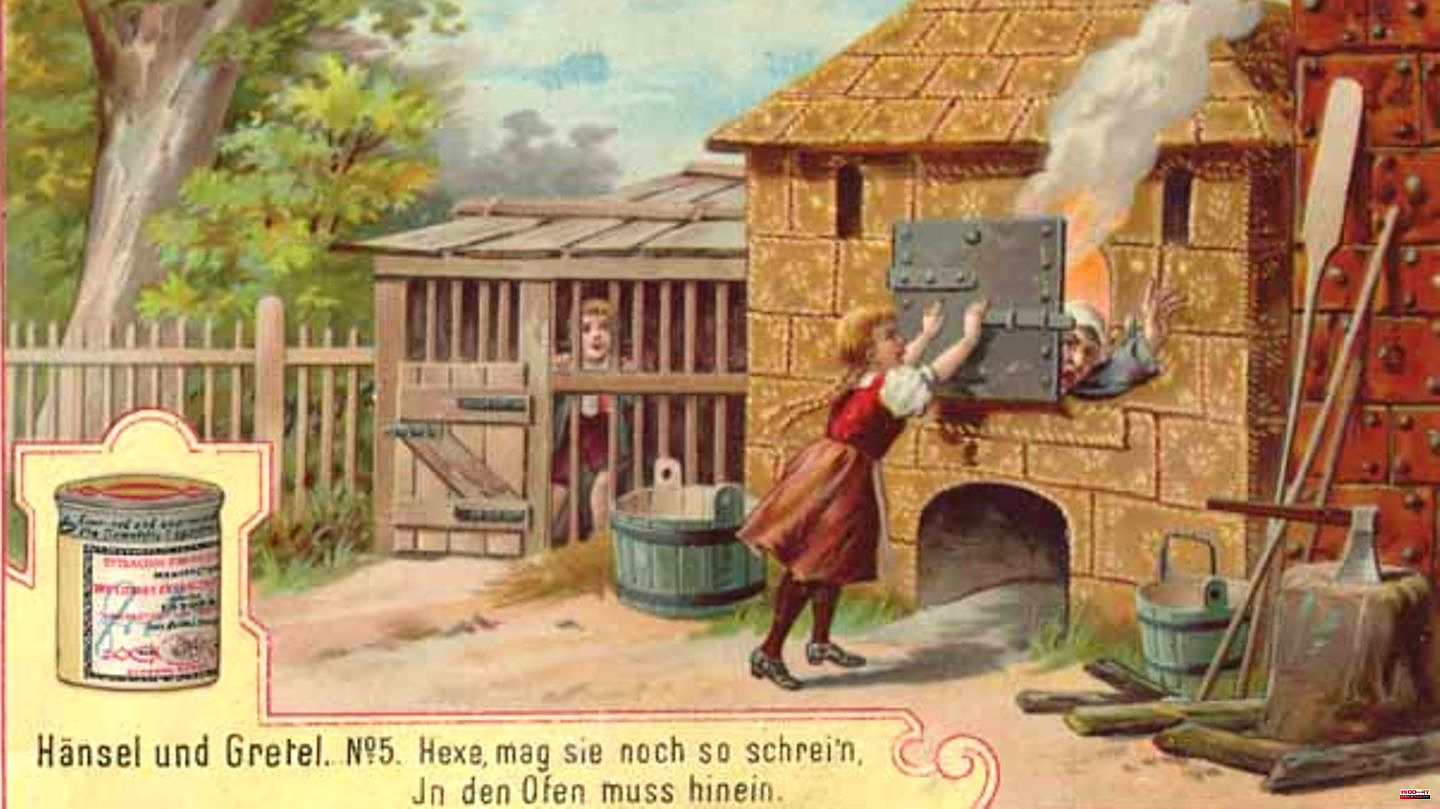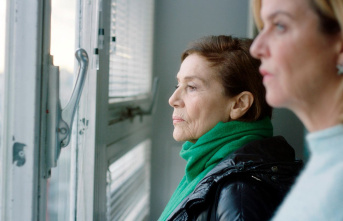The story begins with a monstrosity. A poor lumberjack lies in bed at night, racking his brains about how to feed his two children and his wife. It's just not enough for everyone. What is he supposed to do? "Do you know what, man," the woman replied, "we want to take the children out into the forest early in the morning, where it's thickest, so we'll light them a fire and give each of them a piece of bread, then Let's go to our work and leave them alone. They won't find their way back home and we'll get rid of them."
One of the most popular fairy tales by the brothers Jacob and Wilhelm Grimm begins with this willful infanticide: Hansel and Gretel. In the first version (you can read the fairy tale here) from 1812, it was still the birth mother who wanted to get rid of the children. From 1843 the Grimms replaced her with a stepmother. Such subtleties also solidified the image of the evil stepmother in the world. But in the story of the two abandoned children there are other motifs that would hardly find a place in pedagogically perfect stories today: famine, cannibalism, death.
At the beginning of the fairy tale there is hunger. In a fairy tale "like 'Hansel and Gretel', where it's about famine, where it's about cannibalism, historical backgrounds have to swing in from a time that we know from historical sources that there were terrible famines there. And always in such times of terrible famines[...] there were cases of cannibalism and even cases of child cannibalism, the biggest and worst taboo in human history," explains the author and literary scholar Michael Maar on "Deutschlandfunk". The Brothers Grimm picked up the fairy tale itself orally, it is said to come from Hesse. According to folklorist Sabine Wienker-Piepho, there are local variants of this fairy tale - even in Madagascar.
There is historical evidence that hunger was always a problem in the Grimms' day. The Thirty Years' War (1618-1648) was marked by famine. In the second half of the 17th century, cold winters repeatedly led to failed harvests, and the years between 1770 and 1772 were a harvest disaster in Europe. And the eruption of the Tambora volcano in Indonesia gave the years 1816/1817 the title "Year Without a Summer". Hunger was common.
Fairy tales transport taboos of human history, says Maar. The very cruel fairy tale would be burned into childhood, one "of the most impressive fairy tales ever," said Maar to "SRF". The literary expert asked himself the logical question: why would the witch want to eat the children? She's not lacking in calories, after all she lives in a sugar house. His theory: fairy tales go back to old stories from the earliest times and reflect experiences from bygone times. He locates the story of Hansel and Gretel in the Thirty Years' War - a time when there were terrible famines. And such terrible times would also make possible one of the worst taboos: cannibalism.
And Maar goes even further: he believes that the (step)mother and the witches are essentially one person. And that the children at the witch are faced with what could otherwise have blossomed at home - namely cannibalism by their parents. Maar bases his theory on the fact that the language of the two female characters in the fairy tale is very similar. Another argument: when the children in the fairy tale burn the witch in the oven and go home, the mother has also died. The triumph of the children over a two-part female figure, according to the expert.
A controversial thesis, yes. But Maar admits: He doesn't believe that this fairy tale was deliberately created that way. The Grimms did not intentionally develop these female characters. Rather, such interpretations would resonate in fairy tales. "The secret of fairy tales is that they carry such embers with them," said Maar in a radio interview. Fairy tales would address taboos and atrocities in human history, but in a special way that makes it possible for the listener to appreciate them.
The fairy tale has a different influence on children, because "Hansel and Gretel" addresses children's primal fears - and their victory over them. Being abandoned by the parents, the dark forest, a wicked witch - but also the triumph over one's own fears. The psychoanalyst Eugen Drewermann sees a child's primal fear at the center of the story. "A child who overwhelms their parents with their existence has to learn to be undemanding, without any need. In this way, they hope to be accepted after all," Drewermann told "Radio Bremen". "The next time, Hansel even sacrifices the bread that his mother gave him as the last thing to take with him on his way. Total renunciation of his own food as a condition for finding his way back to his mother. More self-restraint is hardly possible for a child."
Today, parents believe the fairy tale is a moral pointer that criticizes gluttony. If you stuff yourself with sweets without being asked, you will have problems - like Hansel. The nutrition expert and author Udo Pollmer sees it differently. The message hidden in the fairy tale has little to do with hunger, sweets and obesity. "The fairy tale is neither cruel as some educators believe, nor a story between hunger and fattening, as some psychologists believe. Hansel and Gretel gives small children courage, gives them confidence! The Brothers Grimm attested to their texts a 'blessing power', so Pollmer to "Deutschlandfunk".












